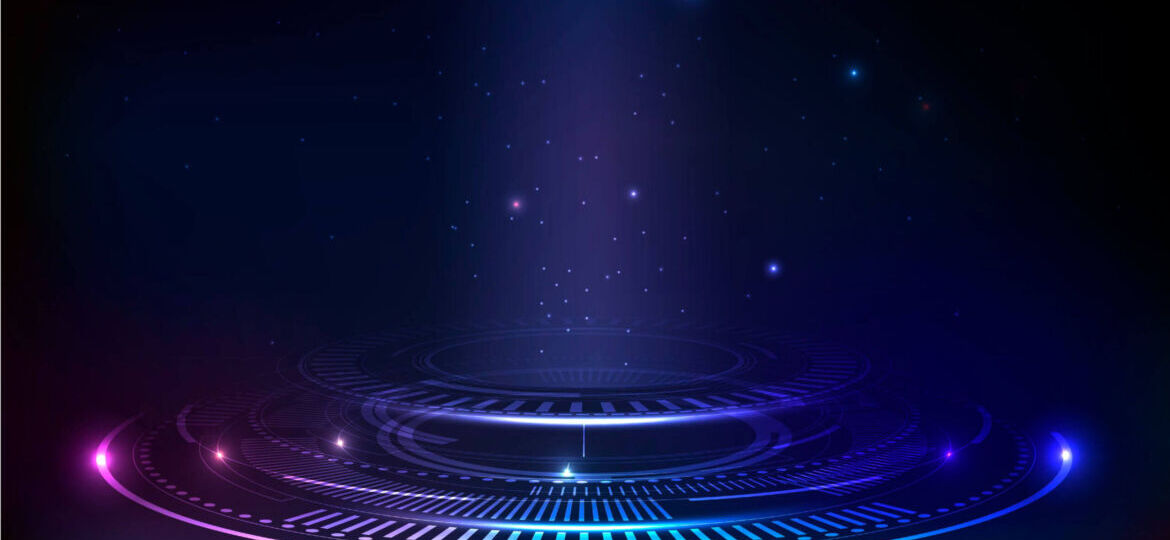
What Is Web 3.0? Everything You Need to Know About Web 3.0
The internet has witnessed substantial changes over the years, and each new phase brings exciting opportunities. Web 3.0, a buzzword in technology and digital marketing, is one example of such an evolution. This article will delve into Web 3.0, examining its characteristics, implications, and impact on digital marketing and web design. Therefore, let’s delve in and discover what Web 3.0 is all about.
WHAT IS WEB 3.0?
The term “Web 3.0,” which also describes the next generation of the internet, has several other names. The goal of this change is to create a web that is more user-friendly, decentralised, and focused on the individual user. Web 3.0 emphasises machine-readable data, AI, and distributed systems to develop a smarter and more interconnected online ecosystem.
KEY FEATURES OF WEB 3.0:
1. SEMANTIC WEB (AI):
Web 3.0 focuses on the significance and interpretation of data. Semantic technologies like RDF and OWL allow the web to comprehend better and interpret information. The feature enables the generation of more relevant search results, recommendations tailored to individual preferences, and improved user experiences.
2. DECENTRALISATION (AI):
Web 3.0 aims to move away from Web 2.0’s centralised model. It encourages using blockchain technology and decentralised platforms, removing the need for intermediaries and giving consumers greater access and ownership of their data. This move has far-reaching consequences for online security, privacy, and openness.
3. ARTIFICIAL INTELLIGENCE (AI):
Smart automation, NLP, and prescriptive analytics are all made possible by AI and play a significant part in Web 3.0. Personalised and context-aware experiences powered by machine learning algorithms improve digital marketing efficiency and user engagement across the board.
DIGITAL MARKETING IN WEB 3.0:
1. ENHANCED PERSONALISATION (AI):
Web 3.0 uses artificial intelligence and semantic technologies to provide consumers with highly customised content and experiences. With this power, marketers may design specific ads, suggestions, and messages for each customer. As a result, communication with customers is more interesting and useful, which increases the likelihood of conversions and strengthens customer loyalty to the business.
2.
ADVERTISING POWERED BY THE BLOCKCHAIN (AI):
Because of the proliferation of Web 3.0, blockchain technology has
the potential to revamp the digital advertising industry completely. It paves
the way for ad networks that anybody can audit and view, ending ad fraud and
guaranteeing that creators will be paid fairly for their work. Blockchain-based
micropayments can also compensate consumers for their attention, leading to a
more long-lasting and customer
driven marketing strategy.
3.
USER-GENERATED CONTENT (UGC) (AI):
In Web 3.0, there is a focus on collaborative effort and user input. Marketers may leverage user-generated content to increase brand awareness, strengthen customer loyalty, and foster community spirit. User-generated-content (UGC) campaigns, like contests or social-media-based challenges, can take use of the distributed nature of Web 3.0 to incentivize user contributions and encourage brand advocacy.
WEB DESIGN IN WEB 3:0 :
1.
RESPONSIVE DESIGN:
In Web 3.0, compatibility between devices and operating systems is prioritised. There is now an even greater need for websites to use responsive design, which automatically resizes content to fit viewers’ devices. Flexible and scalable layouts that maximise usability and accessibility should be a primary goal for any web designer.
2.
VOICE AND NATURAL LANGUAGE INTERFACES:
Voice-activated and natural language interfaces are becoming more important in Web 3.0 as artificial intelligence becomes more widespread. Developers need to make their sites compatible with virtual assistants and voice searches. Chatbots and other conversational interfaces can improve user interactions by responding to user questions in real-time and making specific suggestions.
3.
IMMERSIVE USER EXPERIENCE:
Virtual and augmented reality (VR and AR) are only examples of how Web 3.0 can facilitate more immersive user experiences. Web designers can utilise these tools to create user interfaces that are both interactive and engaging, resulting in memorable brand experiences for end users. User engagement can be increased, and a lasting impression can be made through 3D features, interactive storytelling, and gamification.
With Web 3.0, the way we use the internet has changed fundamentally. Web 3.0 improves upon previous iterations of the web in areas such as user experience, marketing strategy, and coding by using decentralised AI and semantic technologies. Web 3.0 enables digital marketers to run targeted and transparent campaigns while also providing web designers with new opportunities to develop immersive user experiences. Keeping abreast of new developments in technology and the world of technology will be crucial if you want to stay ahead of the competition as Web 3.0 continues to develop. If you’re going to unleash a new era of online innovation, you need to embrace the possibilities of Web 3.0.
Ready to adopt the future of the web? Discover the power of Web 3.0, unlock personalised marketing, and create immersive user experiences. Visit our website at https://beedesign.co/to explore how we can help you thrive in the era of Web 3.0. Leap and revolutionise your digital presence today!